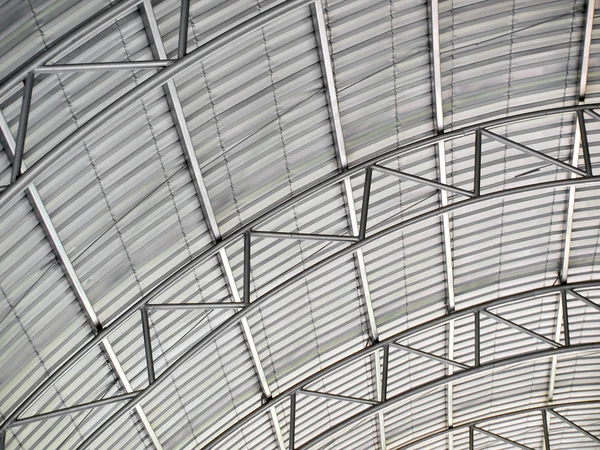How to Evaluate the Condition of Commercial Roofing Materials
Commercial roofing is one of a building’s most significant investments. It protects people, equipment and products from the elements and is vital to energy management. here, A trustworthy commercial roofing contractor will conduct a comprehensive evaluation of the current condition of your roof.
The scope of the inspection will vary based on the age and type of commercial roof materials used.
Look From the Ground
A commercial roof is one of the most important parts of a building. It protects people, products, and infrastructure from the elements, and is pivotal in managing energy usage and costs. However, damage or normal wear can leave a commercial roof vulnerable to leaks and structural problems.
A roofing contractor will evaluate the general condition of a commercial roof by looking for signs of damage, such as water stains and mold growth on interior surfaces. They will also look for ponding water or other indications that the drainage system is not functioning properly.
A primary focus of the inspection will be evaluating the membrane conditions. Generally, there are two types of membranes used in commercial roofing systems: built-up roof systems and single-ply membranes. Built-up roofs are constructed with multiple plies of felt materials saturated with coal tar pitch or hot asphalt, and provide redundancy through the use of various weatherproofing layers.
Single-ply membranes are typically flexible sheets of synthetic materials like EPDM (ethylene propylene diene terpolymer) or TPO (thermoplastic polyolefins). These materials offer excellent resistance to UV radiation and chemicals.
Look From the Roof
Once the roofing professional climbs onto the roof, they’ll look for general signs of damage, such as water stains in the ceiling or walls. These can indicate that there are leaks or that the drainage system isn’t working properly. The contractor will also evaluate the structural integrity of the roof. This includes assessing whether there are sagging areas, rotted decking, displaced rafters or other structural problems that may require a complete replacement of the roof.
The roofing professional will also check for flashing, which is narrow metal stripping that gets installed on roofs to send water away from specific areas like chimneys and vents. They’ll inspect the condition of all flashings, including coping edges, flanges, termination bars and counter flashings.
If the roof is made of single-ply membranes like EPDM, TPO or PVC, the contractor will look for membrane deficiencies such as open lap seams, thermal membrane shrinkage and plasticizer migration within the membrane that can cause it to become brittle and prone to puncture and peeling.
Look From the Attic
A commercial roofing professional can learn a lot about the roof from the attic. Inspectors can check joists for signs of moisture, such as water stains or rot. They can also look for vents.
If there are no vents in the attic, a roof may be experiencing an overheating problem. The inspector can also determine the depth of insulation in the attic by looking for spots where it is disturbed, and they can make recommendations for adding more.
Another important thing to look for in the attic is evidence of pests. Rodents can leave droppings in the attic and cause damage to the roof.
Depending on the age of the roof and its material type, it may be time for a replacement. If the roof has experienced extensive damage, repeated repairs, or is near the end of its expected lifespan, a replacement can be more cost-effective in the long run. It can also provide a better energy-efficient performance than an older, less-efficient system.
Look From the Sky
A well-maintained commercial roof protects a building’s interior from the elements. It also helps lower energy costs and prevents moisture deterioration of the roofing materials. The best way to ensure this is through a preventative maintenance plan.
A roof scan with a thermal camera can help you find wet areas of your roofing material. Moisture carries more heat than the dry areas. The thermal scanner captures this heat and produces a graphic of your roofing condition. This method is best performed at night as temperatures drop, allowing the wet areas to be scanned before they begin to lose their heat.
Other signs of moisture problems are blistering, wrinkling, cracking, and leaking. Check your roof’s flashing, joints, and seams to make sure they are properly sealed. A good professional will also inspect roof penetrations, such as vents and pipes, to ensure that they are sealed and protected correctly. Finally, they will evaluate roof drains to ensure that ponding water is not collecting and damaging the roof or the structure underneath.
